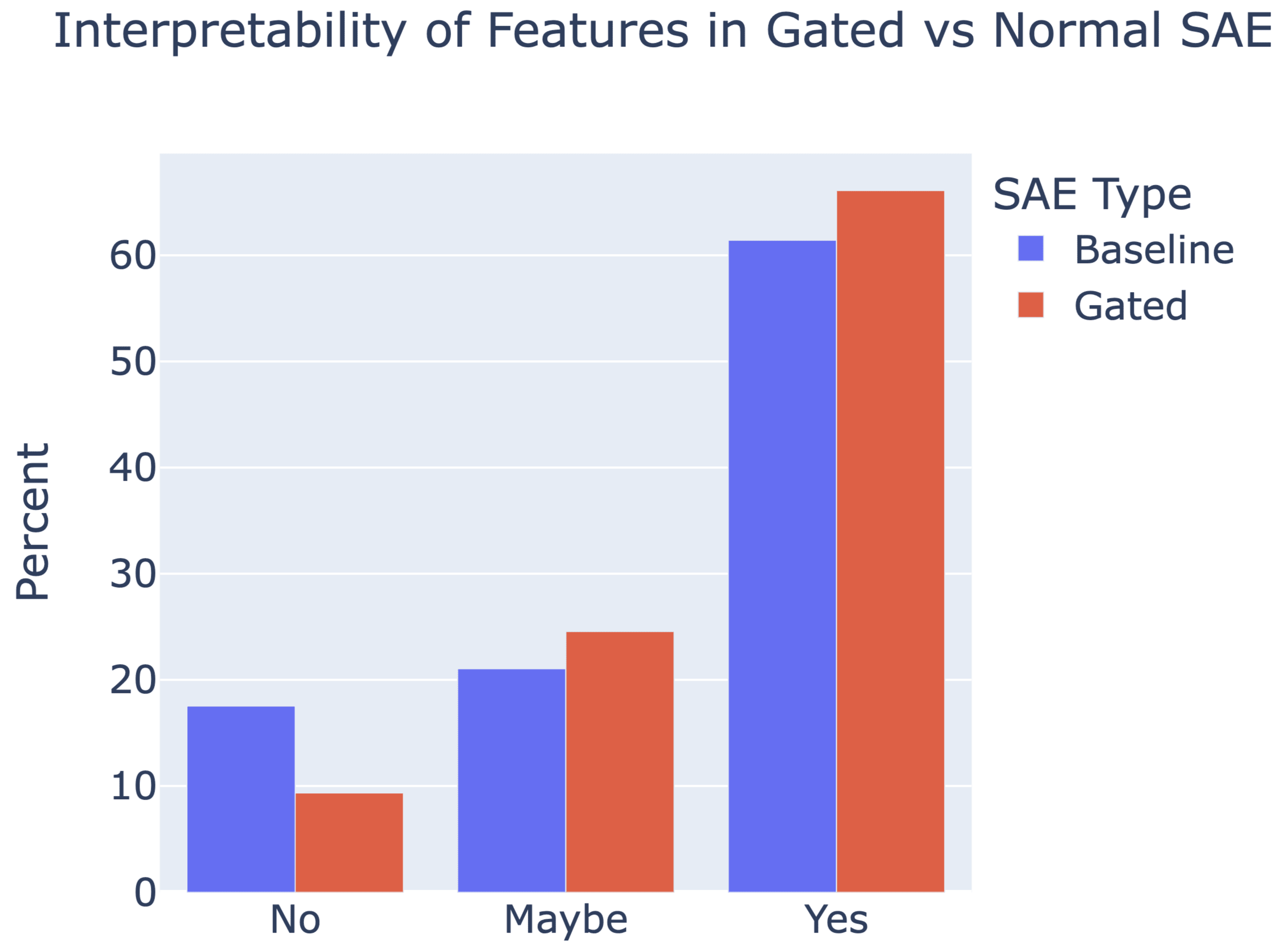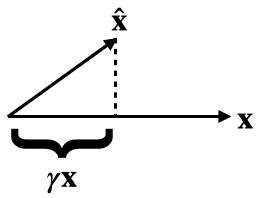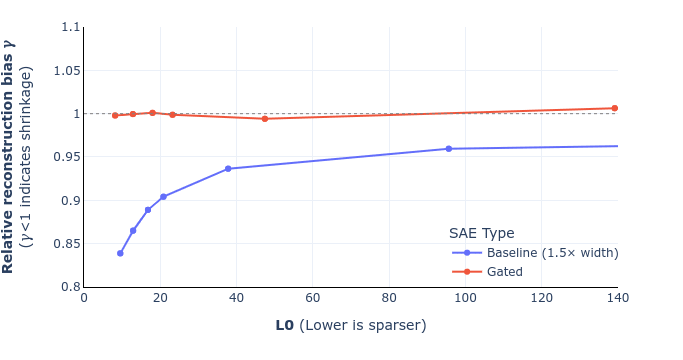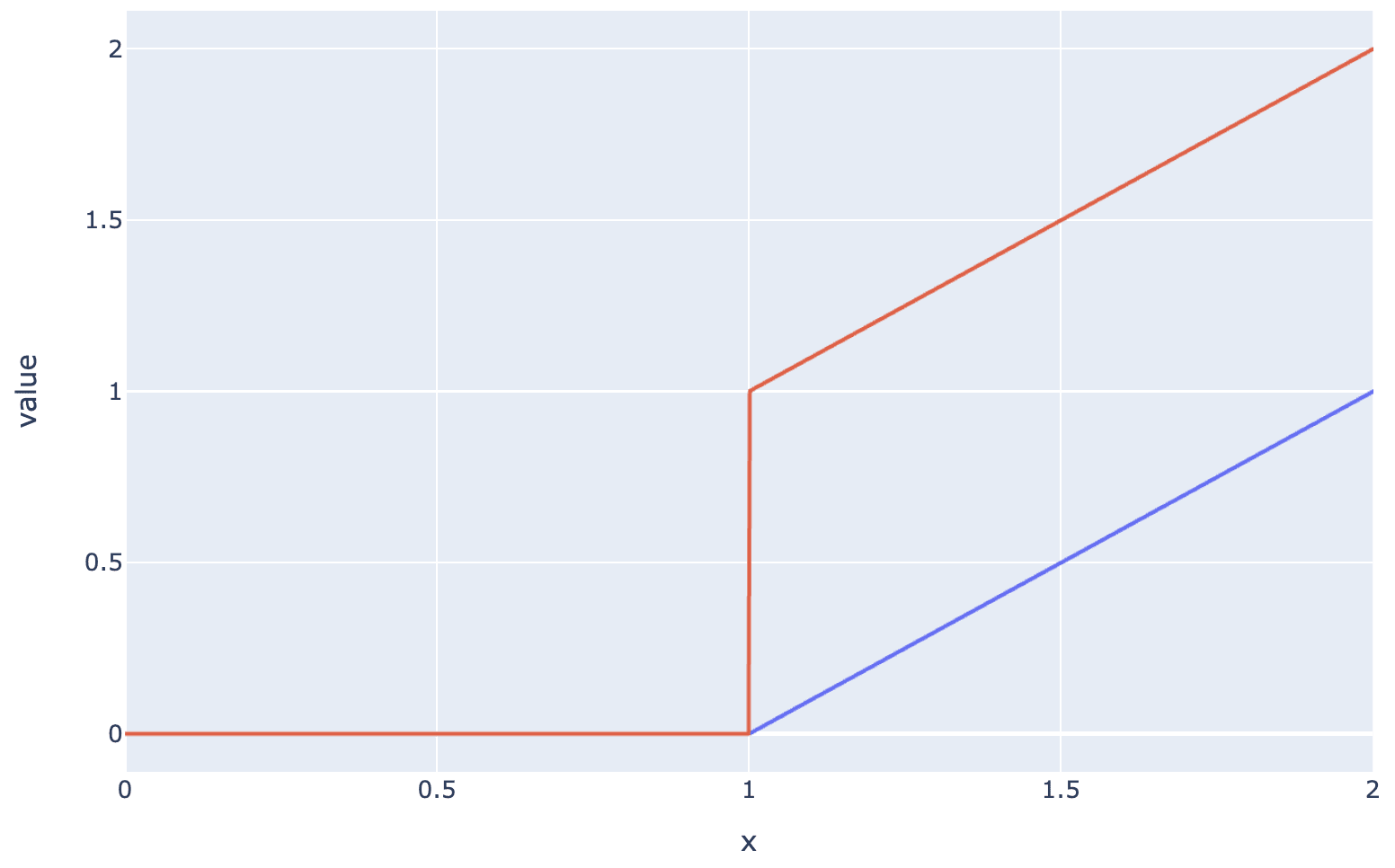Authors: Senthooran Rajamanoharan*, Arthur Conmy*, Lewis Smith, Tom Lieberum, Vikrant Varma, János Kramár, Rohin Shah, Neel Nanda
A new paper from the Google DeepMind mech interp team: Improving Dictionary Learning with Gated Sparse Autoencoders!
Gated SAEs are a new Sparse Autoencoder architecture that seems to be a significant Pareto-improvement over normal SAEs, verified on models up to Gemma 7B. They are now our team's preferred way to train sparse autoencoders, and we'd love to see them adopted by the community! (Or to be convinced that it would be a bad idea for them to be adopted by the community!)

They achieve similar reconstruction with about half as many firing features, and while being either comparably or more interpretable (confidence interval for the increase is 0%-13%).

See Sen's Twitter summary, my Twitter summary, and the paper!




Good question - we're planning to post an update on this point about combining the new sparsity penalty from Anthropic with Gated SAEs. The TL;DR is that you can replace the L1 term in the Gated SAE loss with the analogous (gated feature magnitudes dotted with decoder magnitudes) sparsity term introduced by Anthropic and thereby do away with the decoder norms constraint and resampling. If you're going to do this, you also need to either unfreeze the decoder in the auxiliary task, or freeze the decoder weights where they appear in the sparsity penalty; both attain reasonably similar performance, and are definitely better than having the decoder weights frozen in one place but not the other. Put together, this seems to a marginal hit (versus the original Gated loss with L1 penalty and resampling) when comparing Pareto curves, but may be worth to the extent it simplifies training (with this loss function, the SAE training loop just becomes a vanilla neural network training loop).
PS With either the original (L1-based) loss or the modified loss of the previous paragraph, some of the other improvements suggested in the Anthropic post -- in particular, initializing the encoder weights to the transpose of the decoder weights (only at initialisation, not tying them thereafter), and warming up lambda. My point about the new loss not being Pareto better than L1 applies only if you compare like with like -- i.e. apply these other improvements in both cases.